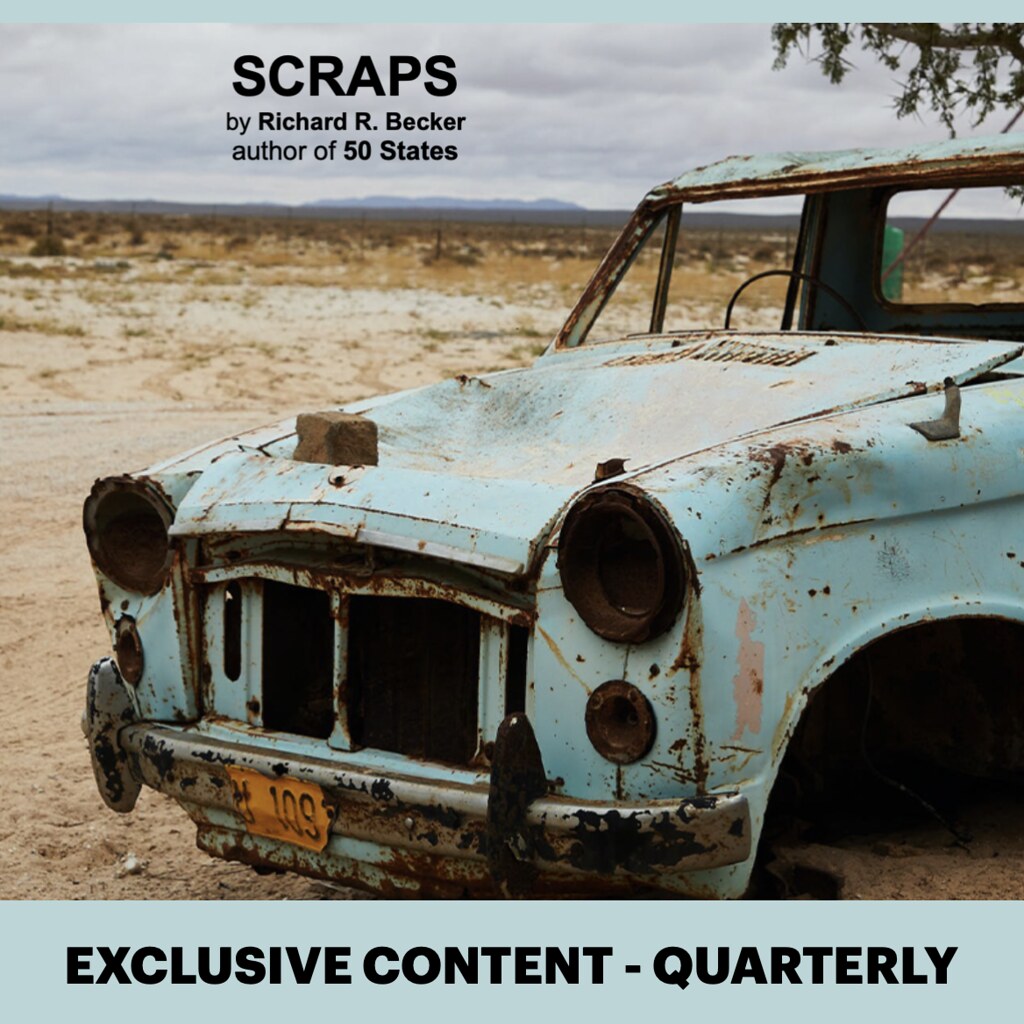Although many social media practitioners are quick to equate exposure to awareness, they aren't the same. Quantity does not always replace quality. Too much exposure can diminish awareness.
This might explain why some social media practitioners who have tried to make social media more scalable with auto-sharing tools might be missing out in the long term. As they continually send out a steady stream from the same sources or send out similar broadcasts throughout the day, their followers slowly begin to tune out.
Although many of them will try to adjust by changing out their sources, the problem might not be the content. The problem is over exposure. Too much exposure can actually diminish awareness long term.
A psychology study that hints at the over-exposure phenomenon.
The over-exposure phenomenon isn't too far off from a new study being conducted at the University of California. It shows that people do not always recollect things they may have seen (or at least walked by) hundreds of times.
In the first experiment to consider the validity of the theory, researchers asked people where they could find the nearest fire extinguishers in their office. Despite walking by them every day, only 24 percent could recall where they were located (and not always the nearest ones).
Think about this for a minute. Fire extinguishers are designed to stand out. They are often painted bright red and set against neutral or beige backgrounds. They are also important. In the event of a fire, they could help prevent catastrophic damage and save people's lives. And yet, our brains tune them out.
Sometimes social media tries to hard to be a fire extinguisher.
The brain does more than tune out fire extinguishers. When faced with over stimulation on networks like Twitter or even Facebook, it automatically tries to tune out everything irrelevant. The brain only wants to see relevant content.
One illusion that illustrates this exceptionally well is a red dot placed in a blue circle. As people try to focus on the red dot, the circle will eventually fade away and possibly disappear as the brain decides that the circle is as irrelevant as white noise. It doesn't even matter if there is more blue than red.
The same thing happens with sharing. People tend to scan streams for relevant content — things they want to find — and everything else eventually falls into the background (e.g., someone using hashtags for a Twitter chat, a steady stream of auto links, a restaurant reminding them it's lunch time).
Worse, over exposure can lead to negative impressions too. Bad commercials, overwritten billboards, political advertisements, and other aggressive marketing tactics are often cited as bothersome, eliciting as many negative impressions as positive impressions. And no, it doesn't matter if the message is important or, as in the case of fire extinguishers, painted bright red.
This might explain why some social media practitioners who have tried to make social media more scalable with auto-sharing tools might be missing out in the long term. As they continually send out a steady stream from the same sources or send out similar broadcasts throughout the day, their followers slowly begin to tune out.
Although many of them will try to adjust by changing out their sources, the problem might not be the content. The problem is over exposure. Too much exposure can actually diminish awareness long term.
A psychology study that hints at the over-exposure phenomenon.
The over-exposure phenomenon isn't too far off from a new study being conducted at the University of California. It shows that people do not always recollect things they may have seen (or at least walked by) hundreds of times.
In the first experiment to consider the validity of the theory, researchers asked people where they could find the nearest fire extinguishers in their office. Despite walking by them every day, only 24 percent could recall where they were located (and not always the nearest ones).
Think about this for a minute. Fire extinguishers are designed to stand out. They are often painted bright red and set against neutral or beige backgrounds. They are also important. In the event of a fire, they could help prevent catastrophic damage and save people's lives. And yet, our brains tune them out.
Sometimes social media tries to hard to be a fire extinguisher.
The brain does more than tune out fire extinguishers. When faced with over stimulation on networks like Twitter or even Facebook, it automatically tries to tune out everything irrelevant. The brain only wants to see relevant content.
One illusion that illustrates this exceptionally well is a red dot placed in a blue circle. As people try to focus on the red dot, the circle will eventually fade away and possibly disappear as the brain decides that the circle is as irrelevant as white noise. It doesn't even matter if there is more blue than red.
The same thing happens with sharing. People tend to scan streams for relevant content — things they want to find — and everything else eventually falls into the background (e.g., someone using hashtags for a Twitter chat, a steady stream of auto links, a restaurant reminding them it's lunch time).
Worse, over exposure can lead to negative impressions too. Bad commercials, overwritten billboards, political advertisements, and other aggressive marketing tactics are often cited as bothersome, eliciting as many negative impressions as positive impressions. And no, it doesn't matter if the message is important or, as in the case of fire extinguishers, painted bright red.






















